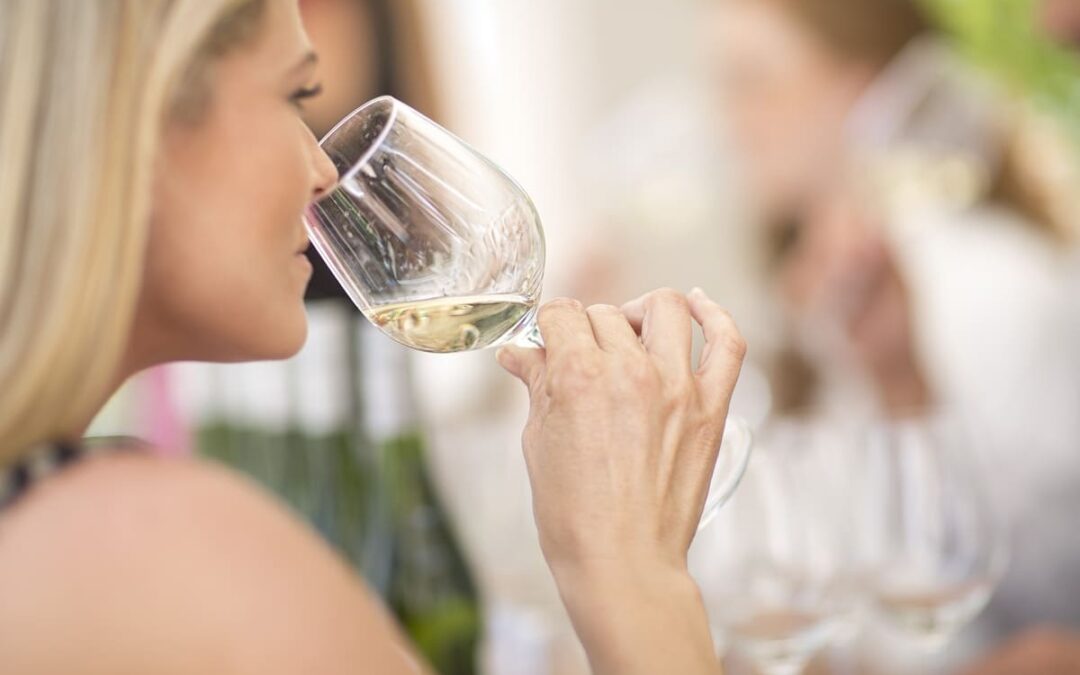Learning to taste wine is like building a reference book. With practice, you can learn how to smell, see, or taste the differences between the best Napa Valley Cabernet Sauvignon and a classic French Bordeaux.
The best news is that practice requires tasting! Be sure to take breaks to hydrate and reset your nose and jot down notes of new aromas you’ve picked up on. Use these tips to not only assess wine like a sommelier but to learn which foods taste good (and which don’t) with the wine of your choice.
How to assess wine
Observe the wine
Believe it or not, looking at the wine is a biological part of the tasting experience! Start by examining the wine’s appearance. Hold the glass against a white background to notice the color, clarity, and viscosity of the wine.
Is the wine clear or hazy? How intense or deep is the color? These questions can tell you about the winemaking process, the wine’s age, and the grape variety.
Swirl the wine
By gently swirling the wine in your glass, you oxygenate the wine, allowing the aromatics to become more pronounced. Inhale the aromas and try to identify the following different scents:
- Fruits
- Flowers
- Spices
- Earth aromas
- Oak
Taste the wine
Take a small sip and let the wine coat your palate. Notice the wine’s body, acidity, and tannins. Is it light-bodied or full-bodied? Is the acidity refreshing or more subdued? Are the tannins soft or grippy? Consider the balance and structure of the wine.
Note the flavors
Pay attention to the flavors you perceive while the wine is in your mouth, how they change as you swirl it around your mouth, and what lingers on the finish. Again, try to identify the fruit flavors like citrus, berries, or stone fruit. Notice any secondary flavors like vanilla, chocolate, brioche, or spice.
Consider the finish
The finish refers to the lingering flavors after you swallow the wine. Is it short, medium, or lengthy? Does it leave a pleasant or bitter aftertaste? Does one flavor stick out or do the flavors remain integrated?
Pro-tip: contrast and compare at a Yountville wine tasting
The best way to learn to detect the nuanced differences among different wines like the best Napa Valley Cabernet Sauvignon and a Cabernet Franc is to taste them side by side. A wine tasting is the perfect environment to do this. Allow your wines to breathe in your glass and go back and forth, smelling, tasting, and comparing the differences and similarities you find.
Join us for a Yountville wine tasting to begin leveling up how you assess and talk about wine.

